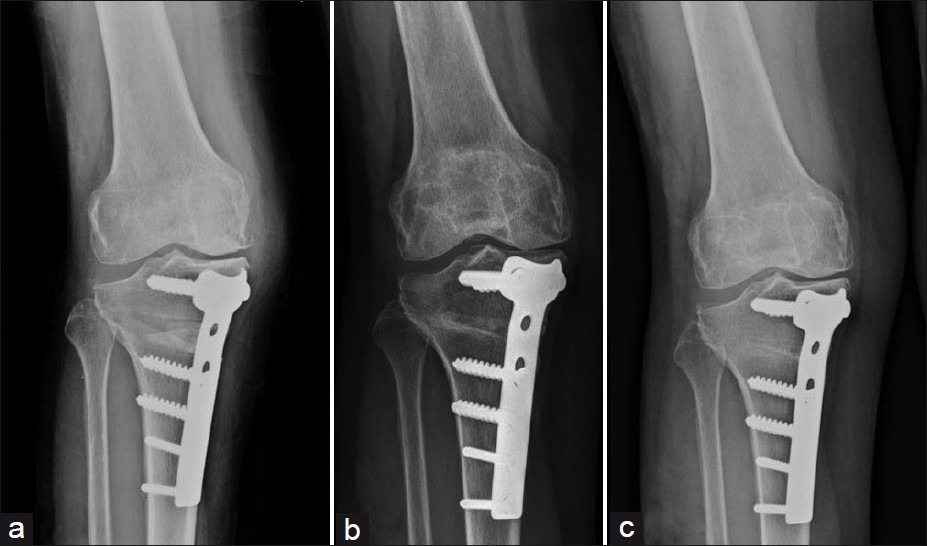
High tibial osteotomy (HTO) is a widely performed procedure to treat medial knee arthrosis. If one part of the joint is worn out, the angle of the leg bone can often be changed to shift stresses onto other areas that are not so worn. This procedure can produce years of pain relief, as an alternative to joint replacement, in appropriate patients.
The ideal candidate for an HTO is a middle aged patient (45 to 65 years of age), with isolated medial osteoarthritis, with good range of motion and without ligamentous instability. HTO significantly affects a subsequent total joint replacement. Precise indication, preoperative planning, and operative technique selection are essential to achieve good results.
There are two main reasons to perform high tibial osteotomy:
There are various HTO techniques including closing wedge osteotomy, opening wedge osteotomy, dome osteotomy, progressive callus distraction, and chevron osteotomy.
For most patients, osteotomy is successful in relieving pain and delaying the progression of arthritis in the knee. It can allow a younger patient to lead a more active lifestyle for many years. Even though many patients will ultimately require a total knee replacement, an osteotomy can be an effective way to buy time until a replacement is required.